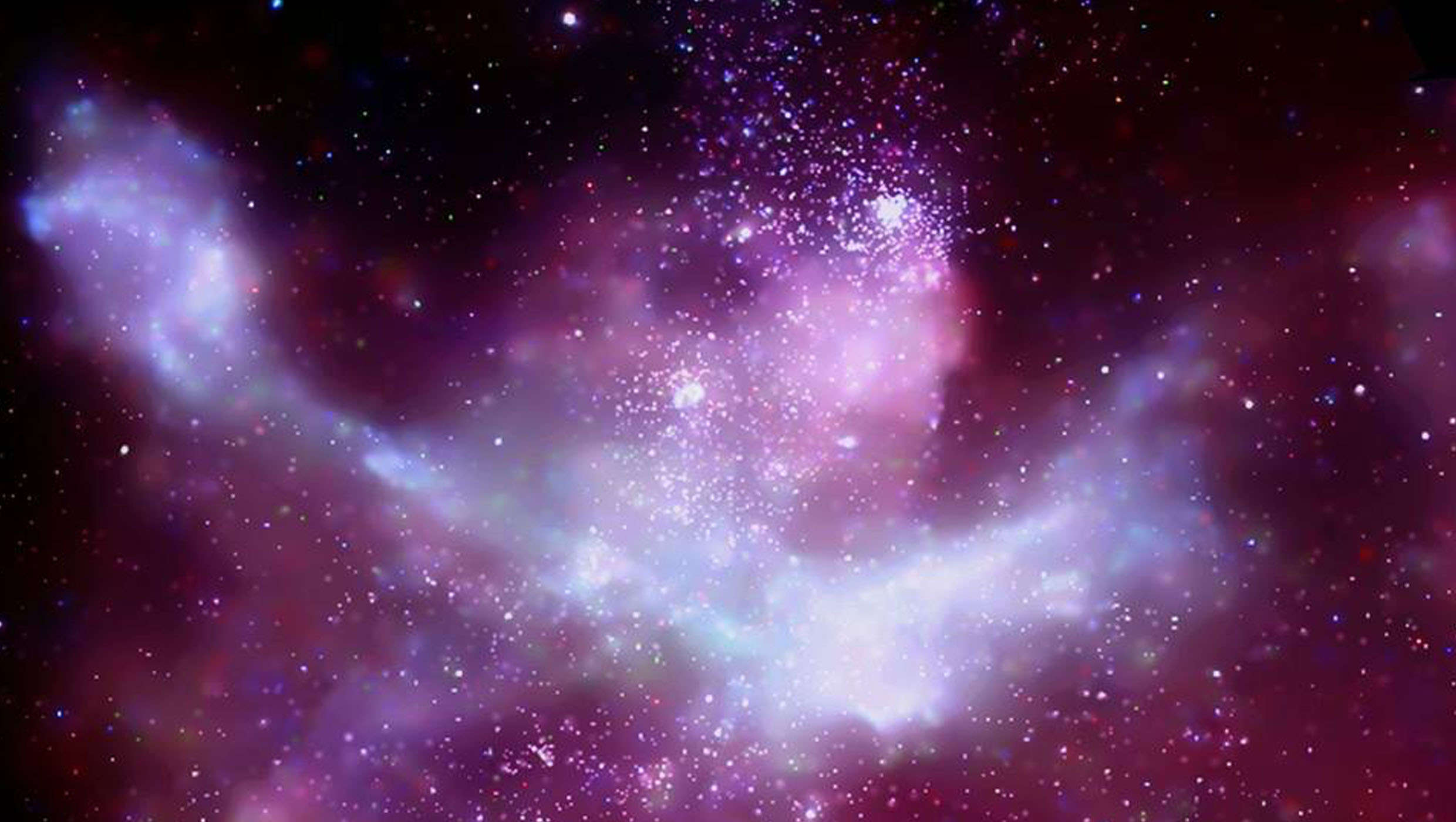Create a free profile to get unlimited access to exclusive videos, sweepstakes, and more!
Great balls of fire! Weird 'yellowballs' could tell us how stars are born

What appear (at least in the infrared) to be great balls of yellow fire are actually our first glimpse into how nascent stars evolve.
Our galaxy is always revealing strange objects and phenomena. Now, as the result of citizen scientist discoveries made from Spitzer Space Telescope Observations as part of The Milky Way Project, what are now called “yellowballs” have been found to be clouds of gas and dust heated by young stars right after they are born. These glowing yellow orbs have finally made it possible to find out what is going on between young stars forming and being born.
Even the most sci-fi spacecraft or telescope cannot see stars as they go through their earliest formation phases, which is why this is such a breakthrough.
“Yellowballs (YBs) are something of a ’missing link’ between cold, starless clouds and newborn stars,” astronomer Grace Wolf-Chase, who led a study recently published in The Astrophysical Journal, told SYFY WIRE. “They trace a stage of evolution where young stars are still forming from their surrounding birth clouds. This is when we can first detect growing stars in infrared (not visible) light, similar to how ultrasound can detect a developing embryo.”
Stars don’t blaze onto the scene right away. They are actually birthed by nebulae, cold cosmic clouds that gravity holds together. These clouds are too cold for stars that have started forming to be detected in visible light, but the embryonic stars soon start to make way for themselves by generating radiation, outflows and stellar winds that push away nebula clouds. Besides the obvious differences between biological and cosmological processes, stars form in clusters, and dozens to hundreds can be born at a time — sometimes thousands.
When you can’t use spectroscopy to see stars, you need other ways of making them visible. Viewing them in the infrared gave Wolf-Chase and her team the opportunity to figure out what exactly yellowballs were made of and why they were even there. Most of them are hiding smaller stars, not gargantuan bodies that can grow up to ten times the mass of our Sun. However, different colors seen in what she calls “broadband” infrared observations, which can can give away those that are associated with more massive stars or certain nebulae, as well as other properties that are otherwise undetectable.
“We have intriguing evidence that yellowball colors are different depending upon physical properties like mass, luminosity, and age of these star-forming regions,” she said. “So far, we've analyzed about one-tenth of all the yellowballs that were identified by citizen scientists.”
Massive stars that come out of in protoclusters have enough stellar wind power and UV radiation to blow up their surroundings into “bubbles” that can be tens of light-years across. That doesn’t sound so far, but if it takes an entire decade to travel across an expanse at the speed of light, no hypothetical spaceship (which would be much slower than that outside the realm of Star Trek) would make it in a human lifetime. Even regions of less impressive stars can form some otherworldly nebulae. It was nearly impossible to get an idea of what was happening in these star clusters before because there was no sample large or consistent enough to go off of.
With so many yellowballs showing where the proto-stars are, scientists can now compare those that birth more massive stars to those that birth less massive stars and also watch new nebulae come into being. Monster stars face a doom that ultimately feeds their future successors. They are so huge that they can only stay alive for a few million years before they exhaust all their hydrogen by turning it into helium through nuclear fusion and then go supernova. Heavy metals scattered everywhere by a supernova can be re-incorporated into new stars and planets.
“There's evidence our Solar System formed in the company of massive stars,” Wolf-Chase said. “Something we want to find out is how the end products of star (and planet) formation influenced by their birth environments.”
Some of the stardust in our own veins might be from a supernova. In a way, we, too, are born from stars.


























